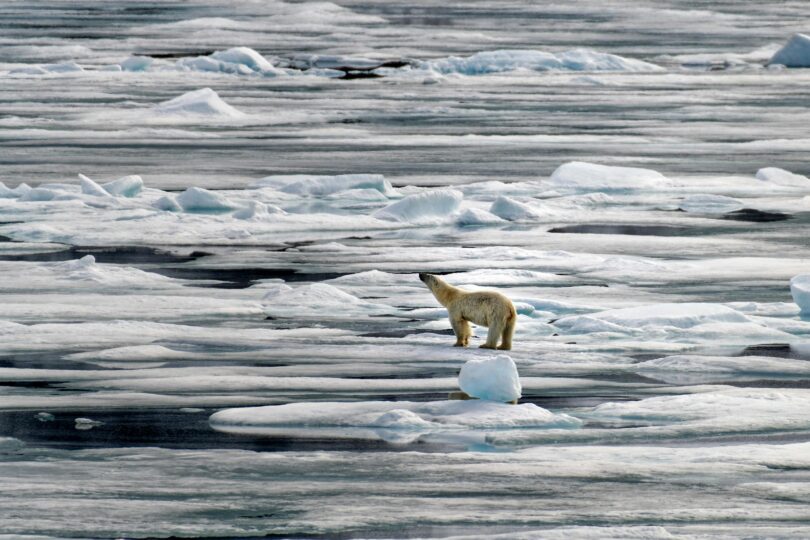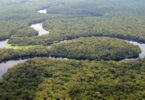As the year winds down, we find ourselves facing a wake-up call: global temperatures are reaching some of the highest levels ever recorded. This isn’t just a temporary spike or an anomaly—it’s a stark reminder that we’re in the middle of a climate crisis. The effects of this are already visible in communities around the world, and it’s up to us to take action.
What’s fueling this rise in temperatures? It’s a mix of things—chiefly, the increasing emissions of greenhouse gases, deforestation, and the changes we’ve made to the land over the years. These human-driven actions have pushed our planet into territory we’ve never seen before. By the end of the year, scientists predict that the global temperature will remain over 1.5°C higher than pre-industrial levels for an extended period—something we once thought was a far-off concern.
Why Are Global Temperatures Rising So Quickly?
When we hear about rising temperatures, it’s not just about a few hot days in summer. It’s part of a bigger, long-term trend. The main culprit is the increase in greenhouse gases—gases like carbon dioxide (CO2), methane (CH4), and nitrous oxide (N2O). These gases trap heat in the atmosphere, and the levels of CO2 have now reached over 420 parts per million (ppm), a significant jump from around 280 ppm before industrialization.
Natural cycles like El Niño can cause short-term temperature spikes, but the long-term warming trend is overwhelmingly driven by human activities. The burning of fossil fuels, deforestation, and industrial farming practices are all major contributors. The result? More intense heatwaves, larger wildfires, and rising sea levels—issues that affect communities worldwide.
What Does This Mean for Our Planet?
The effects of rising temperatures are no longer a distant problem—they’re happening right now. The rise in global temperatures has triggered more extreme weather events. We’ve seen this in the form of severe droughts in Africa, stronger hurricanes in the Atlantic, and wildfires in places where they were once rare. Areas that were once known for their mild weather are now facing drastic changes, and those who are already vulnerable are feeling the hardest hit.
But the impact goes beyond just extreme weather. Glaciers are shrinking rapidly, and this loss threatens the water supplies of millions. Oceans are warming, putting marine life at risk and contributing to rising sea levels. Coastal cities such as Miami, New York, and Jakarta are already dealing with flooding, with some areas facing permanent submersion. It’s not just a future problem—it’s here.
The Role of Oceans in Climate Change
Oceans play a massive role in climate change. They absorb much of the excess heat, and since the 1900s, the average temperature of the world’s oceans has risen by 0.8°C. This might not sound like much, but it’s enough to cause stronger storms, coral bleaching, and shifts in marine biodiversity. As oceans warm, we also see the threat of rising sea levels—a direct consequence of the melting glaciers and the expansion of warm water. Cities along coastlines are becoming increasingly vulnerable to flooding, a problem that’s expected to worsen in the years to come.
What Can We Do About It?
The outlook might feel overwhelming, but there’s still hope. We have the tools to fight climate change, and the key lies in reducing emissions and transitioning to cleaner sources of energy. Solar, wind, and other renewable energies are more accessible than ever, and scaling up their use could help us limit warming to below 2°C by the century’s end.
On top of that, protecting and restoring forests, adopting sustainable agricultural practices, and using energy more efficiently can significantly reduce our carbon footprint. While governments and businesses need to take bold steps, individuals also have a role to play. Together, we can make a difference.
Conclusion
The rise in global temperatures isn’t something we can ignore any longer. The effects are already being felt across the globe, but it’s not too late to act. By making conscious choices, reducing emissions, and adapting to the changes underway, we can work towards a healthier, more sustainable future for the planet. Time is ticking, but with collective effort, we can still turn things around.









